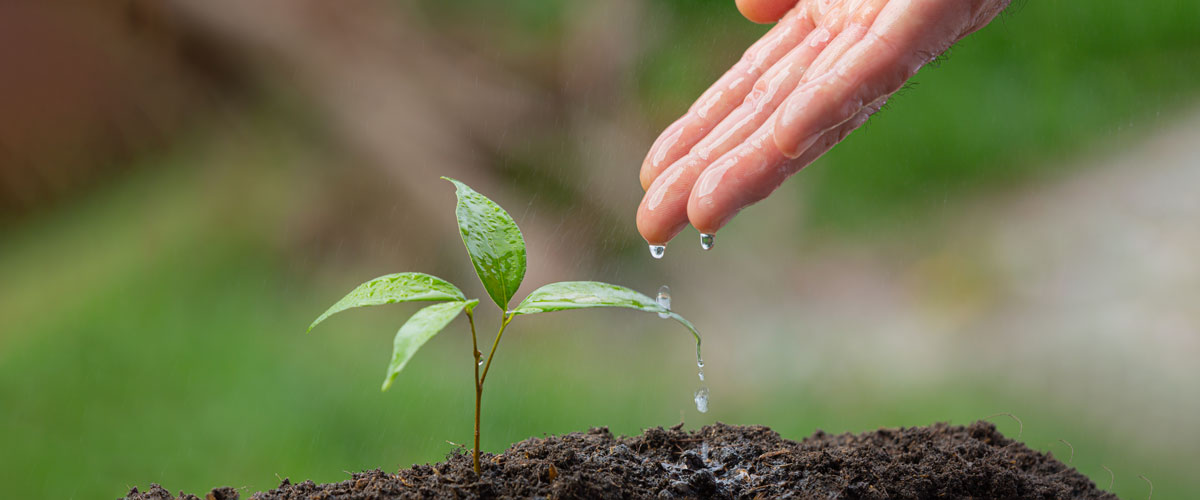Climate change, which causes many different problems in our world, has an impact on social dynamics as much as it affects nature and the ecosystem. In this case, individuals change their consumption habits and organizations change their sectoral dynamics. In this case, a concrete calculation is needed first in order to reduce the environmental impact individually and institutionally.
Life Cycle Assasment (LCA), in Turkish, stands for Life Cycle Analysis. Through this analysis, the environmental impacts of products or services within their life cycle are evaluated. In this sense, especially companies can provide environmental impact and performance calculations for themselves.
ISO 14040/44 standards are used in LCA preparations. With these standards, since the analyzes are very comprehensive and detailed, they include every stage that products or services go through, from raw material use to production stages and logistics. In these studies, all data belonging to the life cycle are evaluated as a wide scope.
While LCA studies are provided with as detailed a structure as possible, it provides a holistic approach and thus helps companies to obtain a strategic review that will guide them to develop a sustainability policy.
While life cycle analysis studies consider all life cycle stages in products and services, these stages include;
- Raw material procurement process,
- Obtaining the product in the production process,
- Logistics and transportation of the product,
- The product reaches the end-use stage in consumption,
- At the end of the product’s life, recycling and disposal processes come into play.
Three different study types stand out for LCA studies:
- The Cradle to Cradle method covers the entire life cycle from obtaining the raw material to recycling the product.
- In the Cradle to Grave system, after the raw material is obtained, the process processed until the disposal of the waste generated by the product is included in the scope.
- When looking at the Cradle to Gate system, some parts of the life cycle starting from the supply of raw materials to the point of delivery to the factory are included in the scope, including the processes in the factory.
How to Prepare for LCA Studies?
When conducting LCA studies, within the framework of ISO 14040/44 standards; the process is provided with the stages of purpose and scope determination, inventory analysis, impact analysis and interpretation.
1-Determination of Purpose and Scope
In the first stage of LCA studies, the product, company or service to be analyzed is defined by determining the purpose and scope. In addition, at this stage, it is decided which objectives are aimed to be achieved by the study.
For other stages in life cycle analyses, stages such as raw materials, manufacturing, transportation, consumption, product, end of life are as previously defined. Which of these stages should be included in the study is also determined during the determination of the purpose and scope. At the same time, the impact categories to be used in this section are also selected.
When the impact categories are determined, the environmental impact of greenhouse gas emissions that occur after all stages related to the products or services analyzed can be clearly and concretely expressed. Among the impact categories mentioned:
- Acidification
- Terrestrial toxicity
- Global warming
- Eutrophication is included.
In addition to all these, it is also necessary to clearly identify the stages that will not be included in the study during the purpose and scope determination. In other words, it is ensured that the scope of the study has certain limits and that it is clearly decided which parts will be included. In this way, the intended point can be reached more clearly.
2- Inventory Analysis
Within the LCA system, Inventory Analysis is defined as Life Cycle Inventory (LCI). Since the scope of the study is determined in the first stage, the collection and organization of the parents to be used in the study within the framework of this scope is provided by inventory analysis.
Thanks to this step, the environmental impacts of products or services are measured. While collecting data, data such as raw materials used, invoices of these materials, energy consumption rates, information received from suppliers are used. In other words, all inputs and processes that clearly express the product/service are collected at this stage.
At this stage, a clear expression is provided by creating a flow diagram with inputs and outputs that clearly show the process of product or service creation.
3- Impact Analysis
This stage is called Life Cycle Impact Assessment (LCIA). With the data collected during the phase and then edited, environmental impact is demonstrated. In other words, the effects of raw material and energy utilization data obtained through inventory analysis on the environment and human health are expressed.
At this stage, it is possible to show the environmental impact through impact categories. In terms of the use of impact categories, determinations are made through information from databases and current scientific developments.
For example, the Ecoinvent Life Cycle Inventory (LCI) Database is often preferred for LCIA studies today. For the results provided with the inventory analysis, the environmental impact can be shown more clearly by classifying them into impact categories.
4- Interpretation
Although the last stage of the study is interpretation, the results obtained are evaluated in this section. Therefore, it is important that the results obtained are compatible with the previous processes. In order for the whole analysis to produce a successful result, the presentation must be complete and understandable.
The interpretation phase is very important to make emission inferences about products or services. A comparison can even be made based on product and service emission levels.
With the interpretation phase, the LCA study is completed by analyzing in detail the processes that need to be improved about the products and services, and then providing a transparent reporting.
Which Advantages Does an LCA Study Provide?
Thanks to LCA studies, companies can achieve many different advantages and a successful corporate sustainability policy can be achieved. It is possible for companies to increase their competitiveness by documenting the environmental impact of their products and services.
These analyzes can be selected in every sector in terms of a transparent and reliable document for companies to adapt to sectoral dynamics in the face of climate change. Among the advantages of these analyzes
- For ease of regulatory compliance, companies that can manage their environmental impact and have a roadmap are provided. For example, an emission reduction strategy can be defined within the framework of the EU Green Deal.
- In terms of identifying potential hazards, these analyses provide a detailed opportunity to realistically examine all processes around products and services. For example, by examining each stage in a product’s lifecycle, information on its environmental performance can be obtained and problems that the product may encounter at each stage, from production to the consumer, can be identified in advance.
- Analyses also provide a holistic approach to product and service development, all the way through to recycling. While innovation is possible thanks to analysis, potential innovation clues can be obtained when the life cycle of the product is reviewed in detail.
- In terms of more efficient resource use, LCA studies provide companies with the opportunity to optimize product and service phases. In this way, companies can save resources and create a more economical system
- In terms of effective stakeholder communication, products and services whose environmental performance is determined within the scope of the sustainability policy make it possible to take a more important step. When the information obtained is shared with stakeholders, environmental impacts can be clearly demonstrated and evidence of commitment to sustainability goals is obtained.




